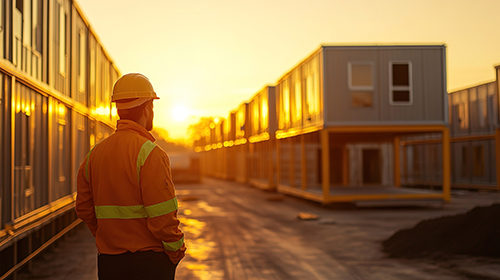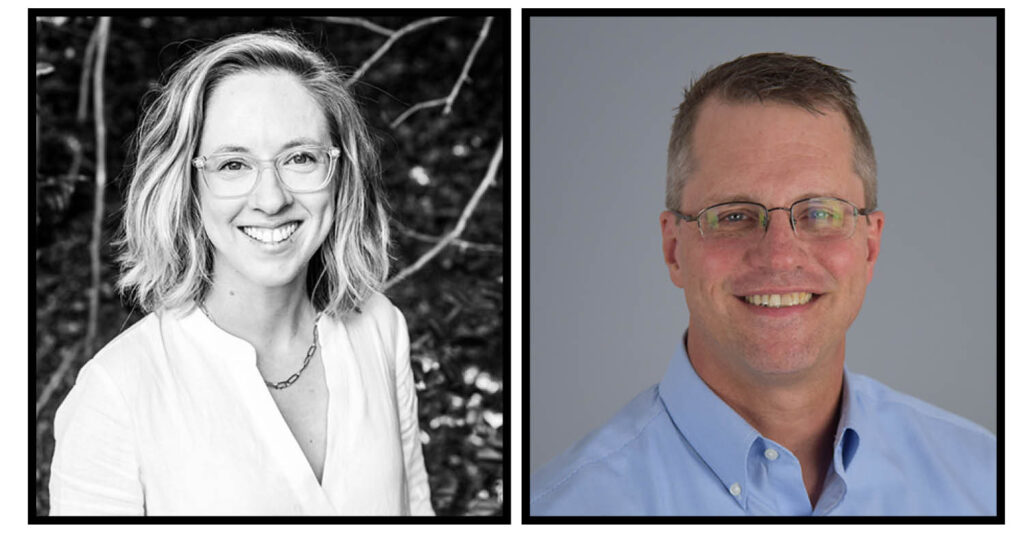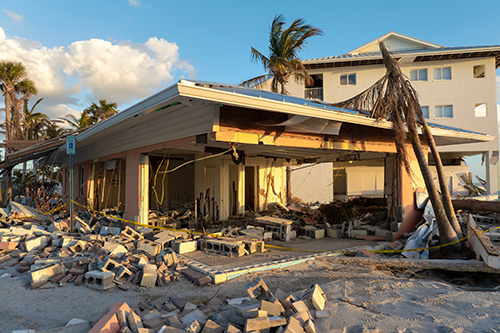The 2024 hurricane season highlighted the challenge of providing shelter for survivors.
Natural disasters such as hurricanes and wildfires are increasing in both number and scale, with devastating consequences for affected communities. Unfortunately, there’s a real lack of alternative housing options for disaster survivors. There are solutions to this problem, and the offsite building industry can help bring them to fruition.
As of early November 2024, there had been 24 disaster events with more than $1 billion in losses according to NOAA data. In fact, the annual average number of billion-dollar disasters more than doubled over the last five years compared to the last 40-plus years since NOAA began tracking the data.
The social and economic costs of these events are increasing for various reasons, including denser populations in high-risk areas, insurance limitations, and a lack of affordable housing even before disaster strikes.
The 2024 Atlantic hurricane season was “above normal.”
- Hurricane Beryl made history in late June-early July as the earliest Category 5 storm in the Atlantic.
- Helene made landfall as the 9th strongest storm ever to come ashore in Florida. Helene caused over 230 fatalities across six states, making it the deadliest hurricane to hit the continental U.S. since Katrina in 2005.
- Milton made landfall in Florida shortly after Helene. Prior to landfall it became the second-most intense hurricane ever recorded in the Gulf of Mexico, behind only Rita in 2005.
In addition to this season’s destructive hurricanes, a growing number of homes and businesses are impacted by wildfires. In August 2023, the wildfire in Lahaina in Maui County, Hawaii destroyed over two thousand structures, most of them homes.
The survivors of these disasters need a place to go, and quickly. To help meet this need, governments and non-profits are seeking novel solutions, though there are limits to what they can do. This is where the support of homebuilders is critically important.
The significance of homebuilders’ role was one topic discussed at a round table hosted by the MIT Humanitarian Supply Chain Lab, that brought together builders, state and federal government officials, and non-profit representatives to identify ways to scale construction capacity after disasters. The discussions clarified that builders working in this space – including and especially offsite builders – should be part of the effort to increase the speed at which post-disaster housing is delivered.

However, there are two major obstacles to overcome before they can provide this support.
First, many states do not recognize a common standard for off-site construction, making permitting of these structures more difficult. Second, federal emergency management authorities limit the provision of housing after disasters to temporary options. FEMA provides these solutions, while HUD focuses on long-term housing. The current implementation of these policies means that disaster survivors have to make several moves before finding a permanent home.
To overcome these obstacles, we urge state and local governments to adopt ICC/MBI 1200 and 1205 Standards for Off-Site Construction. In addition, recognizing that the code change and adoption process varies state by state, we believe the federal government should adopt these standards as a condition of Federal disaster housing funding for off-site built homes (similar to how the HUD Code is used for manufactured homes today). That way, if a disaster happens in a state without these standards, off-site builders can trust that there will be consistency in the regulations they face.
Builders can support and advocate for these changes via their state code-making bodies. Further, state and local skilled labor licensing boards could expand license reciprocity agreements for construction labor, at least during disaster response. This includes licenses for skilled trades like electricians and plumbers, who are often in short supply.
We also need action at the government level to address the need for permanent housing. One option: Congress could amend FEMA’s authorities to allow funds to be used for the construction or siting of permanent homes, and the subsequent transfer of ownership (via a sale or transfer) to a state or local housing authority, homeowner, or non-profit entity.
Improving the supply of housing for survivors of natural disasters is one of the most effective ways to help communities recover from these crises. Homebuilders can be a force multiplier in calling for changes to achieve these improvements.

Lauren Finegan is a Research Associate at the MIT Center for Transportation and Logistics in the MIT Humanitarian Supply Chain Lab. She supports research sponsored by government agencies and promotes evidence-informed policy through outreach with public and private stakeholders.
Jarrod Goentzel is Founder and Director of the MIT Humanitarian Supply Chain Lab and Principal Research Scientist in the MIT Center for Transportation & Logistics. His research focuses on meeting human needs through better supply chain management, information systems, and decision support technology.

















